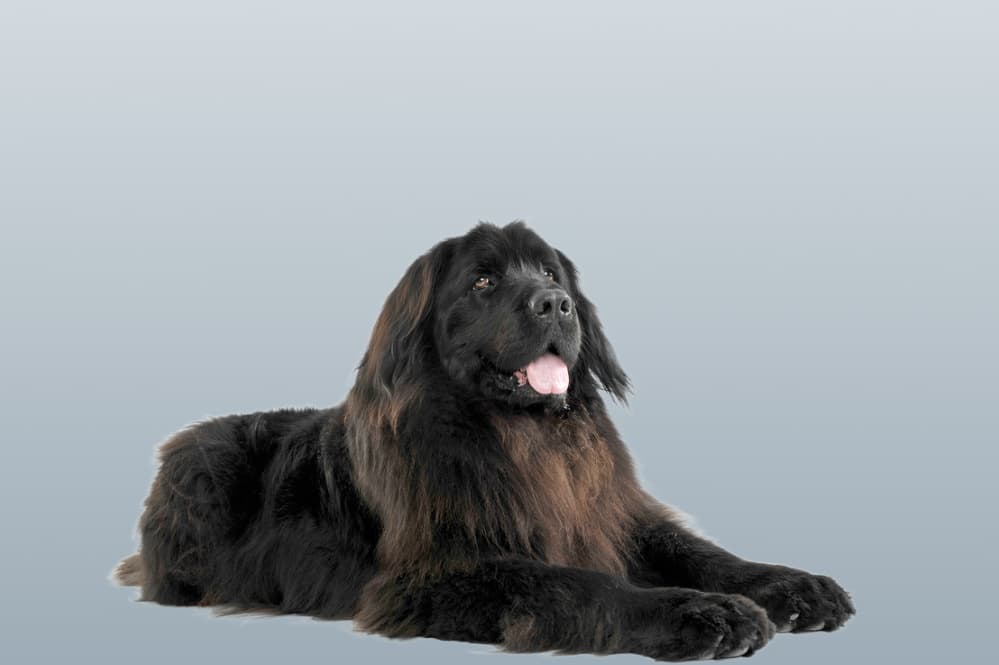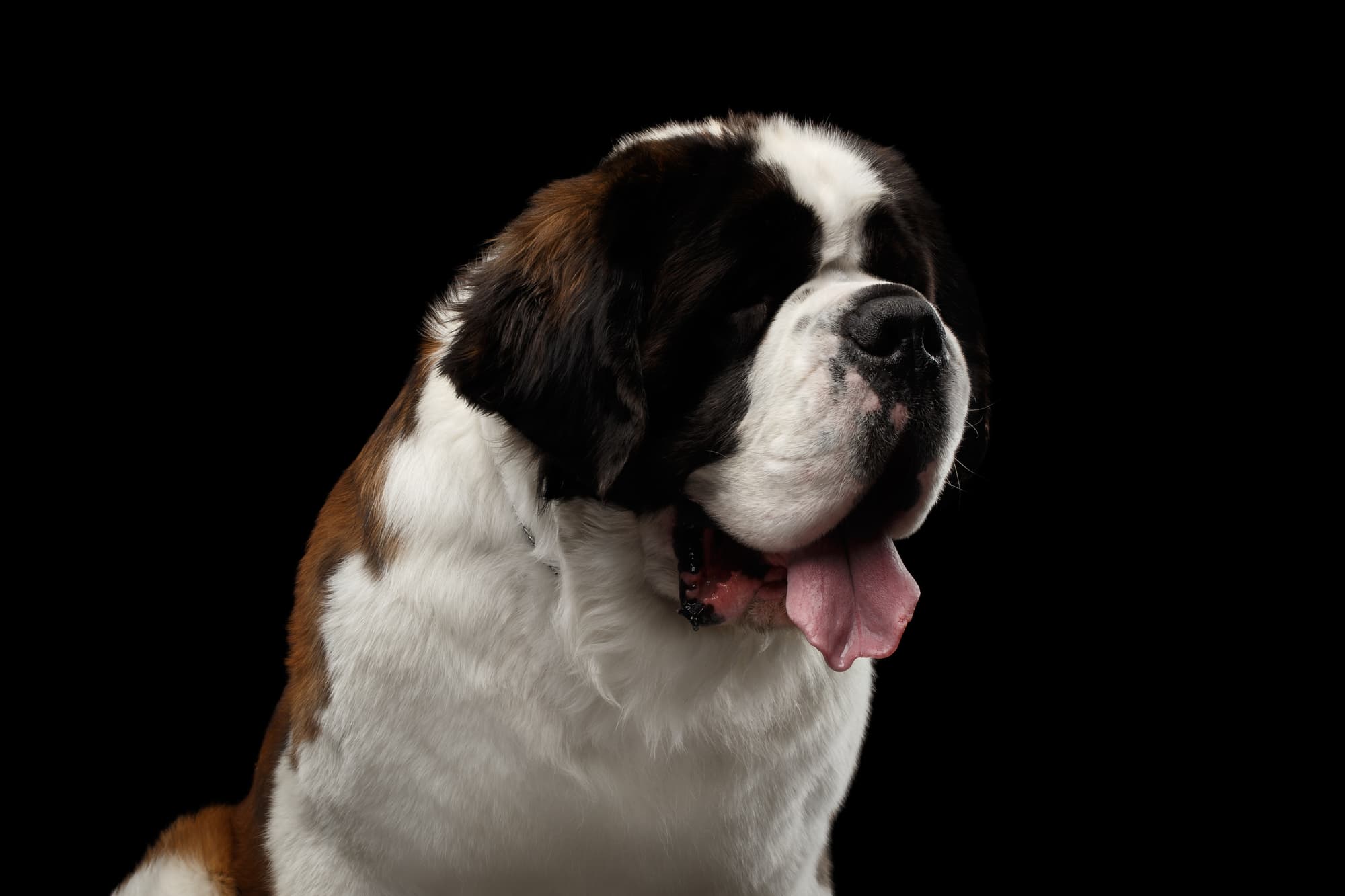
Cranial Cruciate Ligament Rupture

Our guide has been authored by qualified veterinarians, but should not be taken as substitute for medical advice or professional veterinary consultation. If your pet displays any unusual symptoms, we strongly advise seeking guidance from a veterinarian
Understanding Cranial Cruciate Ligament Rupture in dogs
Cranial Cruciate Ligament (CCL) rupture, also known as Anterior Cruciate Ligament (ACL) rupture, is a common orthopedic injury seen in dogs. The CCL is a cruciate ligament located within the knee joint, connecting the femur (thigh bone) to the tibia (shin bone). Its primary function is to stabilize the knee during movement. When the CCL ruptures, it results in instability and causes the knee joint to become loose and painful. The injury can occur suddenly due to trauma or gradually due to degeneration over time.
Cranial Cruciate Ligament Rupture's Causes: Uncovering Triggers
- Degeneration: Over time, the cranial cruciate ligament in a dog’s knee joint may naturally weaken and degenerate, making it more susceptible to rupture.
- Breed predisposition: Certain dog breeds are more prone to CCL rupture due to anatomical factors or genetic predisposition. Breeds such as Labrador Retrievers, Golden Retrievers, Rottweilers, and Newfoundlands have a higher incidence of CCL injuries.
- Obesity: Excess weight places increased stress on the joints, including the knees. Dogs that are overweight or obese have a higher risk of developing CCL rupture.
- Trauma: Direct trauma to the knee joint, such as a sudden twist or impact, can cause the CCL to tear or rupture. This can happen during activities like jumping, running, or landing awkwardly.
- Biomechanical factors: Abnormalities in the structure or alignment of the knee joint can contribute to CCL rupture. For example, a shallow or improperly formed tibial plateau, which is the top surface of the shinbone (tibia), can increase the strain on the CCL.
- Age: While CCL ruptures can occur at any age, they are more commonly seen in middle-aged to older dogs. This may be due to the degenerative changes that occur over time.
 Recognizing Cranial Cruciate Ligament Rupture: Signs and Symptoms
Recognizing Cranial Cruciate Ligament Rupture: Signs and Symptoms
- Sudden lameness: In one of the hind legs. The lameness may be intermittent initially, but it can progress to a consistent limp over time.
- Reluctance to bear weight on the affected leg: Dogs may avoid using the leg altogether or may only partially bear weight on it.
- Swelling around the knee joint: Also known as the stifle joint, can occur due to inflammation and joint effusion. The affected area may feel warm to the touch.
- Pain: Dogs with a CCL rupture may exhibit signs of pain, such as vocalization, reluctance to be touched around the affected leg, and a noticeable behavior change.
- Decreased range of motion: Dogs may have difficulty fully extending or flexing the affected knee joint. They may keep the leg in a partially bent position, known as a "stifle sit," to relieve pressure on the injured ligament.
- Muscle atrophy: Over time, muscle wasting (atrophy) may occur in the affected leg due to decreased use and instability of the joints.
Keep in mind that the above symptoms of CCL rupture can vary depending on the severity of the injury.
 Cranial Cruciate Ligament Rupture Diagnosis: How it's Identified
Cranial Cruciate Ligament Rupture Diagnosis: How it's Identified
The veterinarian will start with a physical examination to assess your dog’s gait, lameness, and range of motion in the affected limb. The veterinarian may ask about any known incidents or trauma that could have caused the injury. They will also inquire about any previous episodes of lameness or joint problems in your dog. X-rays are commonly used in the initial evaluation of a suspected CCL rupture. While they do not directly visualize the ligament, they help rule out other potential causes of lameness and assess the condition of the knee joint. X-rays can reveal signs of joint effusion (swelling), changes in the alignment of the bones, osteoarthritis, or any bone fractures that may be associated with the CCL rupture. The vet will also perform a cranial drawer test – a specific physical manipulation to assess the stability of the knee joint. It involves applying controlled forward and backward movement to the tibia (lower leg bone) while stabilizing the femur (thigh bone). If the CCL is ruptured, there will be increased forward movement of the tibia compared to a healthy knee joint.
 Treating Cranial Cruciate Ligament Rupture: Options and Approaches
Treating Cranial Cruciate Ligament Rupture: Options and Approaches
The treatment options can vary depending on the severity of the injury, the size and age of the dog, and other factors. Here are some common treatment options:
- Conservative Management: This approach involves rest, restricted activity, and the use of anti-inflammatory medications to manage pain and reduce inflammation. It is typically used for small dogs or those with partial tears, but it may not be suitable for all cases.
- Surgery: Surgical intervention is often recommended for more severe cases or larger dogs. There are different surgical techniques available:
-
-
- Extracapsular Repair: This procedure involves placing a strong suture or synthetic material around the outside of the joint to stabilize it. It is typically recommended for smaller dogs or those with less active lifestyles.
- Tibial Plateau Leveling Osteotomy (TPLO): TPLO surgery involves altering the angle of the tibia to stabilize the joint and eliminate the need for the cranial cruciate ligament. It is commonly recommended for medium to large dogs.
- Tibial Tuberosity Advancement (TTA): TTA surgery involves changing the position of the tibial tuberosity to alter the forces on the joint and stabilize it. It is also suitable for medium to large dogs.
-
- 3. Physical Rehabilitation: Regardless of the chosen treatment, physical rehabilitation plays a crucial role in the recovery process. It typically includes exercises, controlled activities, and modalities such as therapeutic ultrasound or laser therapy to aid in healing, improve strength, and regain range of motion.
Cranial Cruciate Ligament Rupture: Surprising Facts

Back in the 1930s to 1970s, most dogs lived outdoors and spent their time on grass and dirt, not jumping on and off furniture onto slippery surfaces, so cruciate ligament tears were rare.

Cruciate ligament damage often causes dogs to shift their weight onto another limb. That’s why a dog with a ruptured CCL has a 25%-50% chance of tearing the other leg’s CCL within 12 to 16 months!

Sometimes smaller (less than 22 pounds) and leaner dogs tend to manage better without surgery than their larger or overweight friends do.
 Vet's Tip: Dealing with Cranial Cruciate Ligament Rupture
Vet's Tip: Dealing with Cranial Cruciate Ligament Rupture
Maintain your dog’s weight within a healthy range or help them lose weight if necessary. Excess weight can put additional stress on the joints, hindering the healing process and increasing the risk of further injury. If your dog is recovering from surgery, consider incorporating physical therapy and rehabilitation exercises into your dog’s recovery plan. These exercises can help improve the range of motion, strength, and stability of the affected leg.




Price Tag

Latest in Research and Treatments
TightRope or FiberTape are newer techniques that use a strong suture material or synthetic tape, respectively, to stabilize the joint in smaller dogs. They aim to provide a less invasive alternative to traditional techniques.
dogs breeds Prone to Cranial Cruciate Ligament Rupture
Did you know?
Enrolling in Animalia Pet Insurance
while your pet is healthy is a wise decision.
Waiting until a disease develops means it won't be covered.









